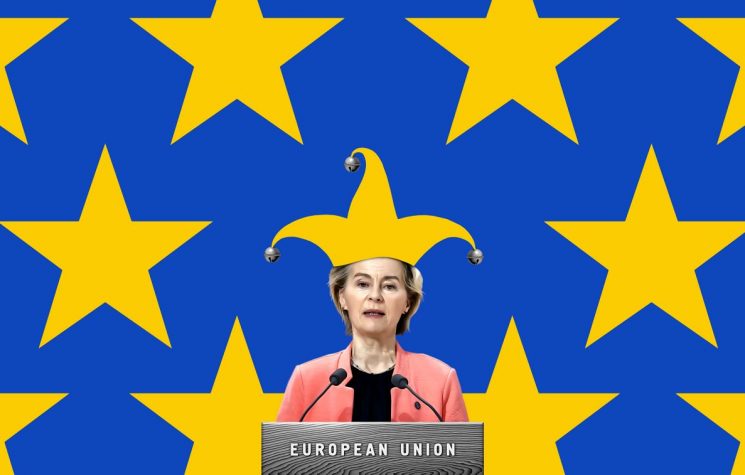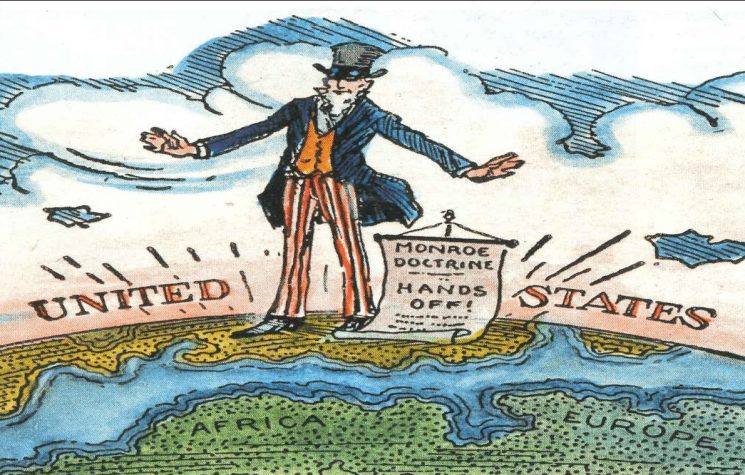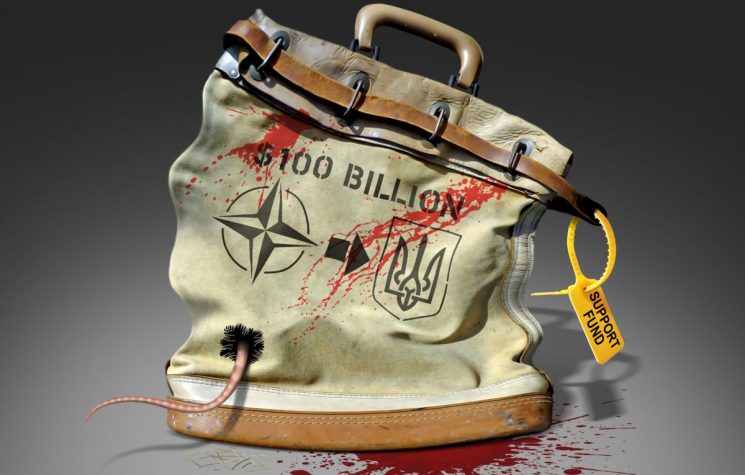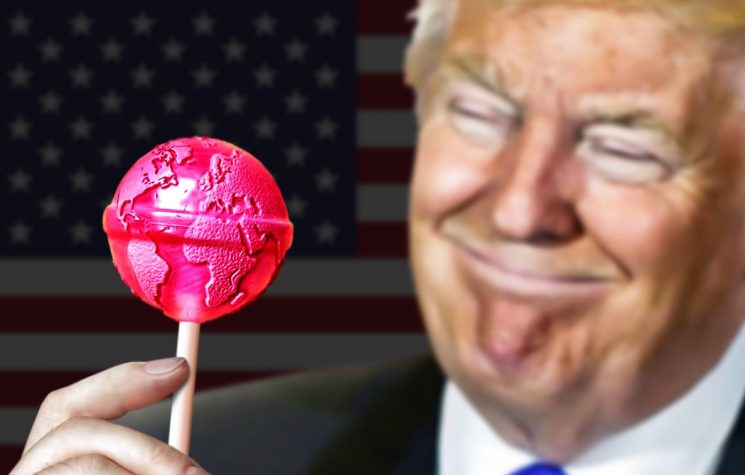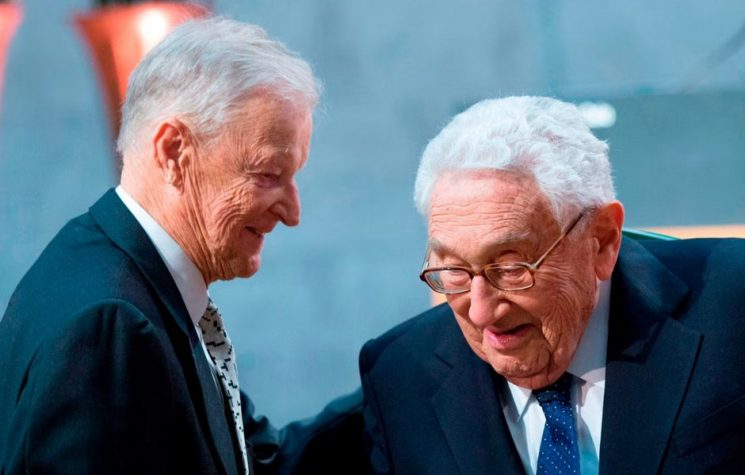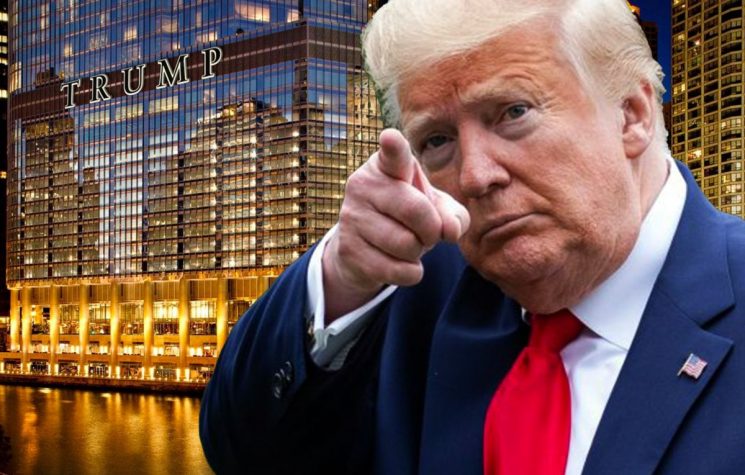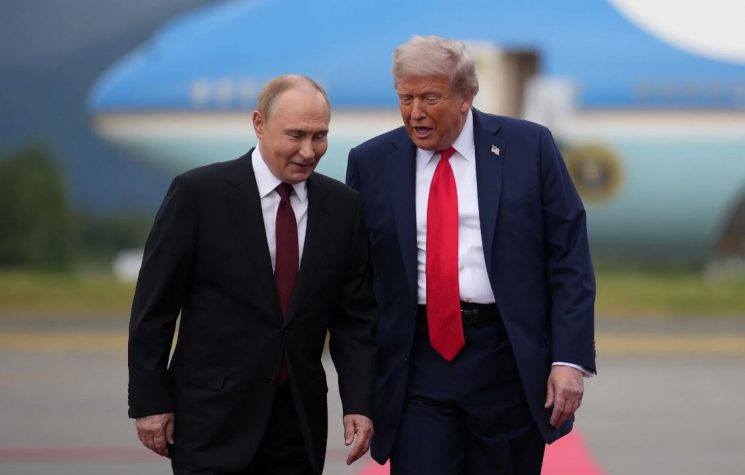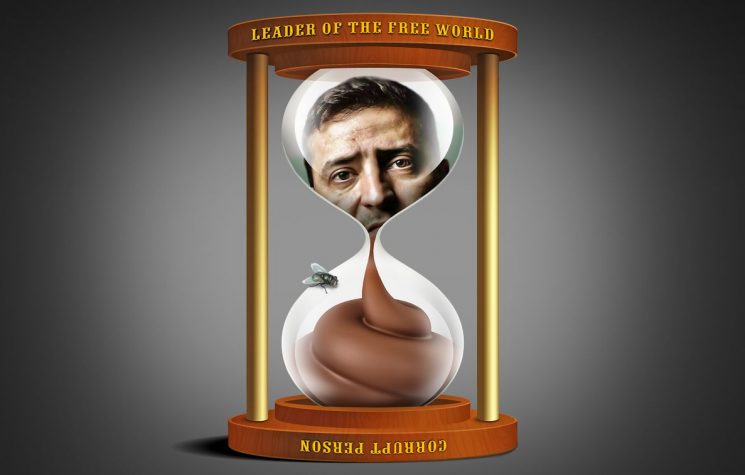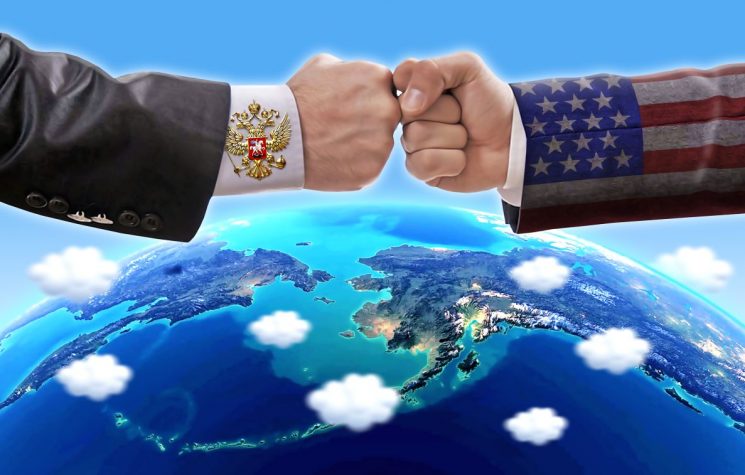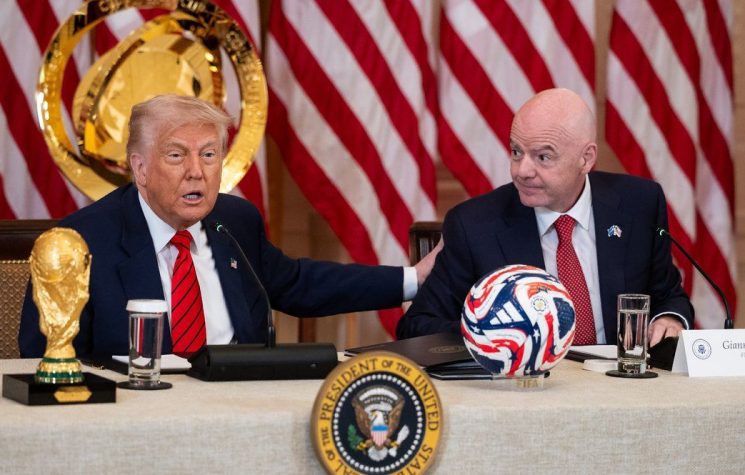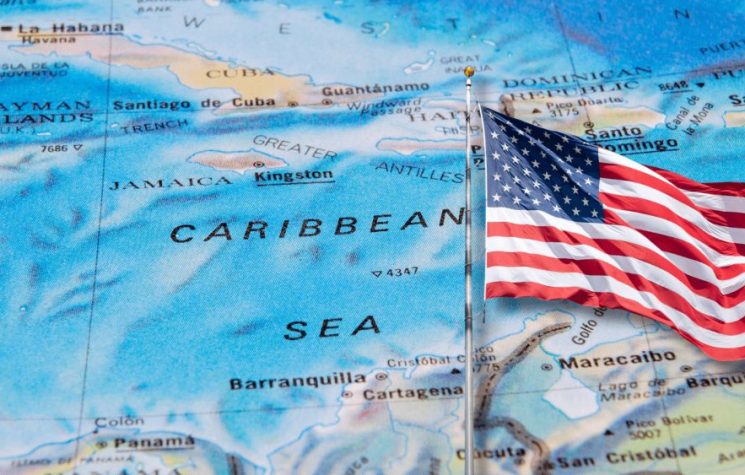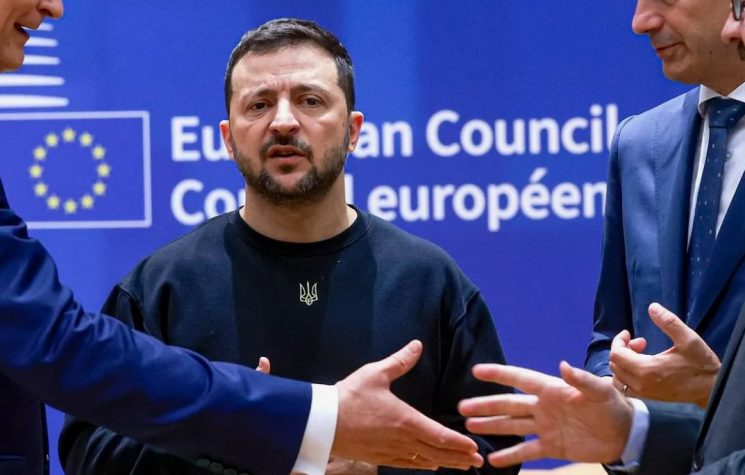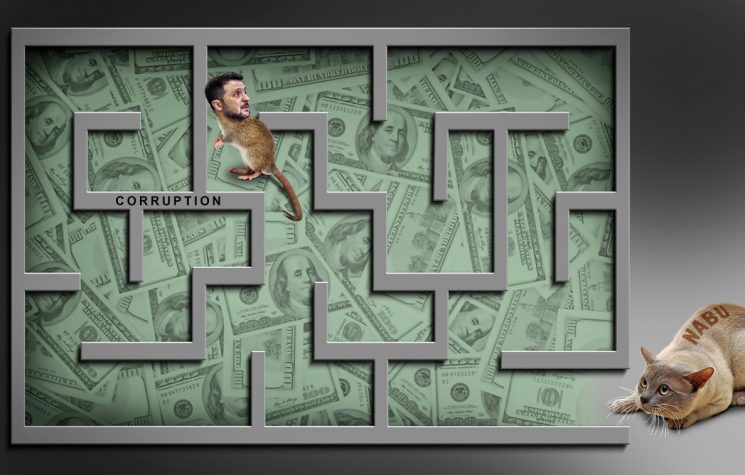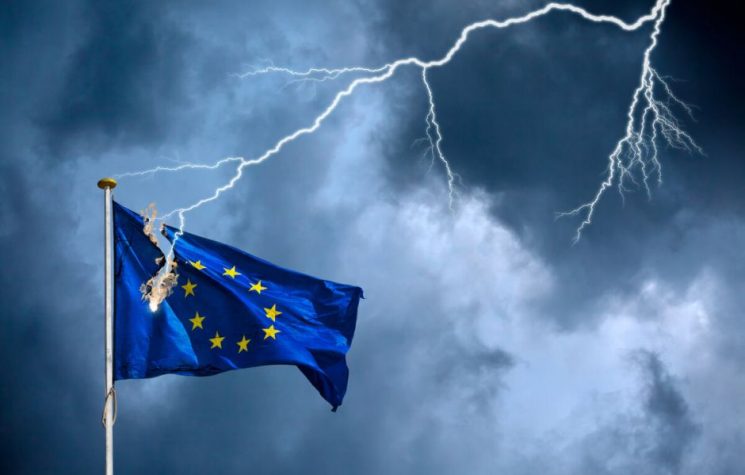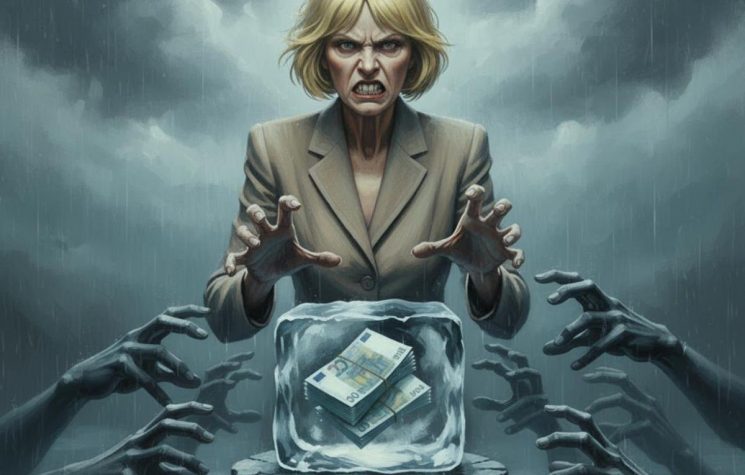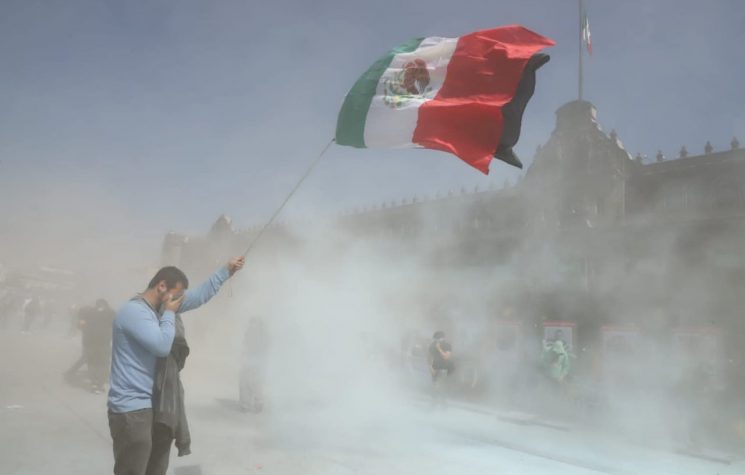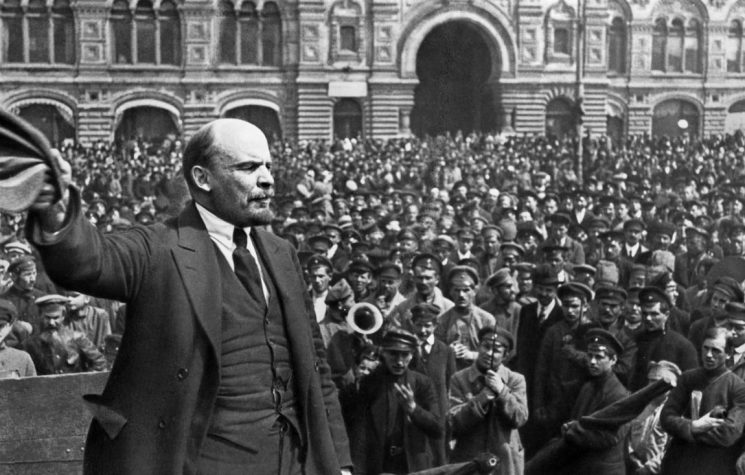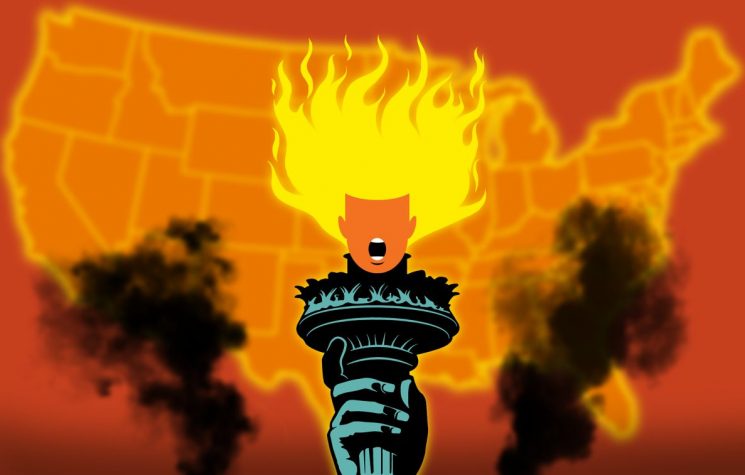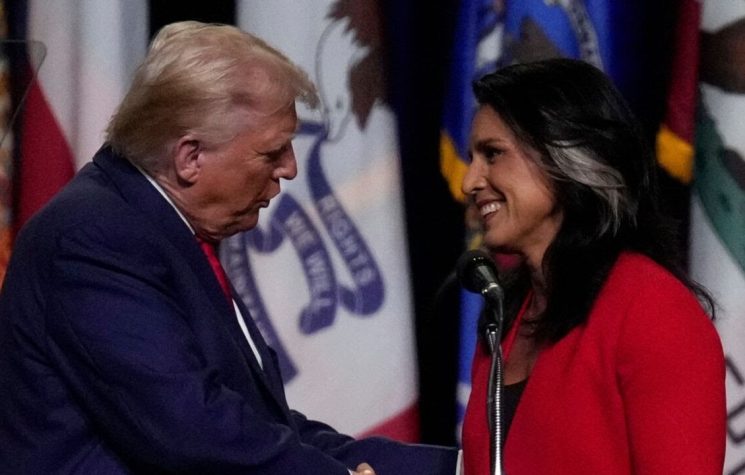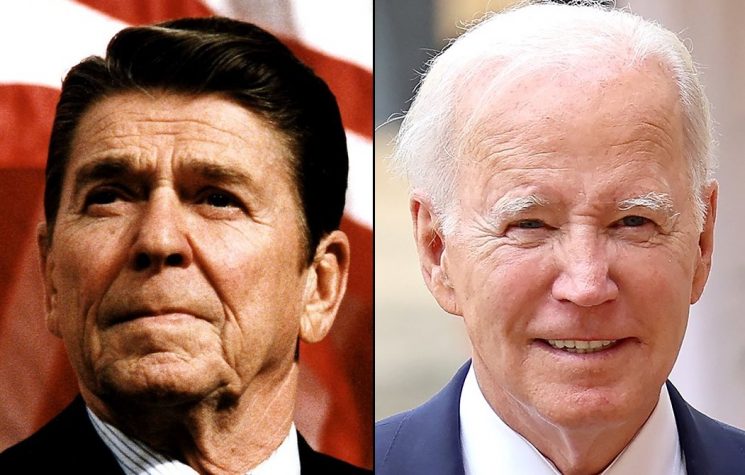With the Biden administration, the process of decline has been accelerated, crossing a red line of no return.
Contact us: info@strategic-culture.su
Now that the U.S. elections are over and, for the time being, nothing striking has happened, we can draw a sum of Joe Biden’s presidency. And the result is far from positive.
Disaster No. 1: Bidenomics
True, Joe Biden found himself in charge of the U.S. in a not at all delicate phase of the History of the first century of this millennium: the remnants of the Wall Street crisis, the so-called “pandemic” of 2020 with the international blockade, the run-up to the elections with election fraud. Definitely not an easy time, but it has been busy making things worse.
Wages have fallen for workers at the same time as prices have risen on almost any product, due to inflation that has risen in the four years of his presidency.
Debt growth over the course of a presidential term, however, does not reflect how much a president has “added to the debt,” since debt accumulation is largely the result of laws that were already in place before a president took office (even early in the term, before there is an opportunity to make changes) and circumstances that are partially or entirely beyond a president’s control. It can be useful to show how politicians have allowed the debt to grow-even due to new policy changes-under each administration. As with the approved debt comparison, the result is affected by many factors, including congressional actions and changes in the economy.
Quickly summarized, federal debt held by the public grew by $5.9 trillion in the first three years and five months of President Trump’s term and by $7.2 trillion over his entire term. The national debt grew by $6 trillion in President Biden’s three years and five months in office. Gross federal debt grew by $6.3 trillion in the first three years and five months of President Trump’s term and by $7.8 trillion during his entire term; gross debt grew by $7.0 trillion during President Biden’s term.
Public debt as a percentage of Gross Domestic Product (GDP) grew by about 23 percentage points under President Trump and remained relatively stable under President Biden, although this disparity is largely driven by the timing of the COVID-19 recession, the subsequent surge in inflation, and their impact on nominal GDP.
The national debt-which is economists’ preferred measure of the national debt because it reflects only the debt the government owes to others and not to itself-has grown significantly: while President Biden has not yet completed his full term, the national debt grew by $3 trillion in his first two years and by $6 trillion in his first three years and five months. Trump left the presidency with a total of $21.6 trillion in debt, which grew to $27.6 trillion under Biden.
The gross national debt, which includes federal debt held by other parts of the federal government, such as the Social Security and federal workers’ trust funds, also grew: +$7 billion over the entire term; it was $27.8 trillion at the beginning of his tenure and now comes out to $34.7 trillion.
At the level of public debt as a percentage of GDP, it should be noted that there was a decline in nominal GDP during the last Trump presidency, while there was an upturn during the Biden period, due to the general recovery.
The economic crisis went hand in hand with the energy crisis. Joe’s “energy war” caused exorbitant price hikes, up to +33.3 percent, with the removal of federally managed oil and gas from the states, costing about 1 million jobs, and imposed the “Heat Your Home” tax just in time for the coming of winter.
But most significant was the attack on the Nord Stream 2 pipeline, connecting Russia and Europe. It was a brilliant move: the U.S. administration first threw the stone and then hid its hand, accusing Russia of self-sabotage, then pulling in the other European countries geographically involved as “possible participants in the sabotage operation,” then letting it all fall back on Ukraine (when by then the evidence was too clear), and finally, upon counter-evidence of the origin of the order from Washington offices, imposed new sanctions on Russia penalizing the U.S. economy in its dealings with Europe further.
Then there is another point to touch on, not at all a minor one: de-dollarization.
Under the Biden administration – by virtue of dastardly foreign policy choices –the dollar has been dethroned from its global role.
The first moment of impact was in the oil market. Until June 2024, the petrodollar ensured America’s dominance of the world economy. Just as Henry Ford did not invent the automobile but the automobile industry that brought cars to the masses, American titans like Charles Pratt, Henry Flagler and the great John D. Rockefeller did not invent oil refining. They invented the petroleum industry, which brought petrochemicals to the masses. The oil industry is an American industry, and to the extent that it exists in the world — South America and the Middle East included — it is because Americans are at the forefront.
Saudi Arabia has also begun selling in rubles, yuan and rupees, leaving America out of the bargain. The exchange value of the dollar has collapsed. Emerging states have no interest in trading in dollars, preferring their own national currencies or exchanging with countries that do not seek their exploitation and subjugation.
The petrodollar has been the world’s stabilizing currency because the whole world needs oil. Every country had to convert its currency to the U.S. dollar, making it the de facto world currency.
Thanks to Joe Biden, all that has disappeared.
Disaster No. 2: Immigration and Homeland Security
The migration crisis is an old story in the US. Under Joe’s rule, the southern border was virtually dismantled, giving way to uncontrolled flows. This program has proved devastating to border communities and beyond. Numerically, we are talking about 8 million migrants, about 1.7 million of whom entered illegally, crammed into overburdened border facilities and then moved to host communities scattered everywhere.
Massive quantities of drugs have been smuggled across the border, forcing the U. S. Drug Enforcement Administration to issue a border ban order. The Drug Enforcement Administration issued its first public safety alert in six years, warning the public about fake pills with lethal doses of Fentanyl National Security Crisis. We will all remember the spat with Governor Greg Abbot of Texas in the spring of 2024, when the Texas politician blocked border crossings to protect the national interest.
In terms of Homeland Security, never has there been instability like there has been during the Biden presidency. America is literally in the midst of a low-profile civil war, fought in the streets, a kind of war between the poor where the regular armed forces are loyal to the president, the National Guard is on the side of the people, and the people are trying to survive while having to deal with domestic enemies such as growing poverty.
Disaster No. 3: War, again
First the war in Ukraine, then the war in Israel, without considering all the others still open. On this point there is little to say because the information is so obviously available to all. The U.S. has continuously maintained an aggressive and arrogant diplomatic rhetoric, provoking, threatening, insulting and denigrating the Russian opponent. Never once has a word of reconciliation or mediation been advanced. This is a historical fact that one day will have to be included in the textbooks of diplomatic science.
It could be said that under Biden American foreign relations have reached the height of absurdity, with constant mistakes, gaffes, embarrassing scenes.
Serving as Secretary of State was Antony Blinken, a promoter of warmongering initiatives in Europe (he is a half-Hungarian, half-Ukrainian Zionist Jew), an advocate of NATO expansion to the East with rapidity and strategic precision, and a great supporter of the Greater Israel project and war in the Middle East. Blinken himself served as a battering ram to revive the aggressive U.S. foreign policy against Russia, first sabotaging all diplomatic negotiations and later telling of himself as the great peacemaker of the conflict. All this in concert with Joseph Stoltenberg at NATO, the career Norwegian who for a decade decided the size of both the geographic and political perimeter of the Atlantic Alliance.
Vice President Kamala Harris shares with Joe Biden all the responsibility for the crimes committed by the Kiev regime, which both globalists actively supported. Of course, Biden is primarily to blame, but Kamala’s hands are by no means clean either. She is not African American, but an Indo-Jamaican mix, with the blood of white slaveholders running through her veins, an LGBT promoter. A typical artificial simulacrum, an obedient puppet in the hands of a globalist dictatorship. The right person at the right time, who in her role was to give the impression of a change of direction in the U.S. political tradition.
The one bright spot in U.S. military affairs under the Biden administration was the military disengagement in Afghanistan, which played into the hands of Eurasian stability and was seen in the U.S. as a failure and a sign of weakness before the whole world.
The claimed-but now nonexistent-deterrence of the U.S. had to give way to a more measured soft power, relying on pressure tools such as sanctions, which were implemented to thehilt, with the boomerang effect for the U.S. (and European) economy.
Almost three years after the start of the Special Military Operation in Ukraine, even Joe’s administration has had to acknowledge the failure of all the initiatives undertaken.
With regard to China, the other major global adversary, the outcome has been similar: economic sanctions mainly on large import-export companies, diplomatic threats, provocations with military exercises, but in fact no strategic advancement and no improvement on the international scene.
Biden repeatedly described the current international environment as a global struggle between democracy and autocracy, deciding to support democracy globally as a top foreign policy priority. This effort has involved the need to address three serious challenges: a global democratic recession involving dozens of instances of democratic retreat or collapse; the growing assertiveness of China, Russia and other autocratic powers; and the troubled status of the United States as a model of a well-functioning democracy. This kind of democracy, however, no longer convinces anyone.
The “black hole” for money called Ukraine is so much of a failure that the U.S. has been trying for a year now to shift the responsibility for the direct armed conflict to the European Union, but the European Union has no intention of taking on this disastrous project and, therefore, is trying to send the hot potato back to the sender, without success. The war has cost too much, to everyone, from the beginning, and this money laundering has not worked out as the U.S. Dems thought.
The United States after all is the strongest power, according to leading indicators, in the world, it is the so-called “hegemon.” An aging hegemon, a hegemon in decline, in retreat, but still clinging to its status. This is very serious, and the fate of humanity depends on who will govern America’s near future. Biden is the man who triggered the bloodbath in Ukraine. Biden has deployed the NATO countries, under the sole command of the United States, precisely the globalist leadership, against Russia, and brought the world to the brink of nuclear war, involving not only tactical nuclear weapons, but also strategic nuclear weapons. A true success story of global destabilization and panic.
Disaster No. 4: What remains of U.S. political morality
Biden inaugurated his presidency in January 2021 by speaking of “unity,” proclaiming his intent to reunify the far too divided and conflicted country. This hope for reconciliation was Biden’s first failure. The former Delaware senator, shaped for more than three decades by a political practice, in the Judiciary and then Foreign Affairs committees, based on compromise, belatedly discovered a Congress devoured by its divisions when it was not, as far as House Republicans were concerned, subject to the tyranny of a Trumpian minority group in the Freedom Caucus. Less than two years later, with Trump’s renewed grip on his party, Biden was already mourning any hope of reconciliation.
The Biden-Harris administration has pursued an expansive and costly regulatory agenda, eliminated immigration policies focused on deterrence at the southern border, mismanaged taxpayer funds, and created instability on the global stage. This administration’s policies underlie the commission’s findings in a new memo titled “Consequences of Mismanagement and Policy Failures of the Biden-Harris Administration, ” which shows how this administration’s policies and weak leadership have triggered multiple crises.
How to forget, then, the scandal related to his family: his blatant “passion” for children and the perversions and corruptions of his son Hunter Biden.
The much vaunted American “democracy” has seen a further step toward the abyss and annihilation. Biden has often acted not only in opposition to the policy choices of his predecessor, but has also very often “forgotten” to follow the American regulatory process, resulting in the nullification of various Presidential Acts. This has further undermined the credibility of federal institutions, throwing gasoline on the fire of social crisis.
In the Western rankings of Freedom in the World, the United States of America fell 11 points on a 100-point scale in the decade from 2010 to 2020, with a 6-point acceleration in deterioration during Donald Trump’s presidency. In Freedom in the World 2022, which covers events in 2021, gains in the U.S. score were offset by decreases and the total remained at 83 points. The country thus ranks on par with Panama, Romania, and South Korea, and about 10 points below such historic peers as Germany and the United Kingdom.
The most interesting data, however, is not statistical, but ideological. The question to ask is what does Joe leave behind? What will Americans and the world as a whole be left with?
After World War II, the Cold War had reduced competition among the capitalist powers as the threat of the Soviet Union and China, communist powers isolated from international markets, made the economic rivalry between the United States and its allies less relevant. The security architecture, particularly through NATO and other alliances, had reinforced this hegemony, granting the U.S. control over Europe and much of the rest of the world.
In parallel, the U.S. consolidated its economic supremacy through three key pillars: control of strategic industries, dominance of maritime transportation corridors, and dominance in financial instruments.
The policy of containment, a major strategy during the Cold War, aimed to maintain balance in Eurasia by preventing any one state from dominating this central region. This was achieved through alliances with Europe and Japan, as well as the strategic division of powers such as Germany and the Soviet Union.
In the long run, this system saw the gradual consolidation of a more cooperative international order, culminating in the Helsinki Accords of 1975, which sought to bridge the divisions between the capitalist and communist blocs. These agreements, along with the end of the Cold War and the collapse of the Soviet Union in 1991, paved the way for a new era of global cooperation, promoting human rights, democracy and an end to divisions in Europe. From there to defining the “end of history” narrated by Fukuyama, the step was short. The rapid and unexpected rise of new powers and the transition to a multipolar model saw no adequate American response. The U.S. tried to maintain its hegemonic dominance, but lost ground and credibility day by day as it claimed to keep active a model that no longer responded to real global changes.
This “power” was ideologically centered on the assumption that the U.S. was the best, most successful and strongest model of the rule of law. Indeed, the only true democracy. With these assumptions gone, the “best democracy in the world” no longer makes sense.
With the Biden administration, the process of decline has been accelerated, crossing a red line of no return.
Perhaps this will be Joe’s legacy, what we will remember beyond the catastrophe of Bidenomics and the wars of expansion: he witnessed the inexorable collapse of the American neoliberal system, which has reached the finish line of its race. A change from which there is no turning back.










